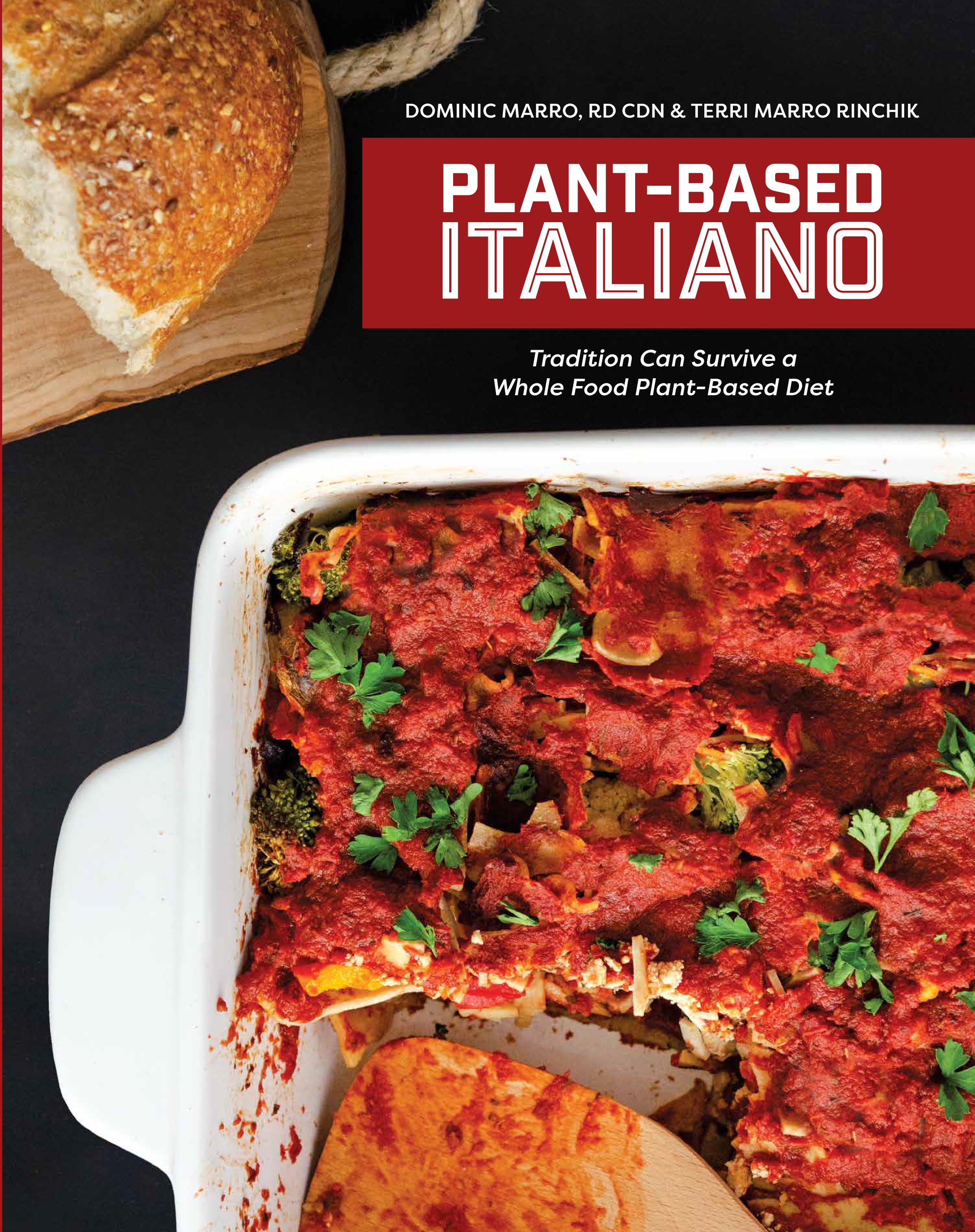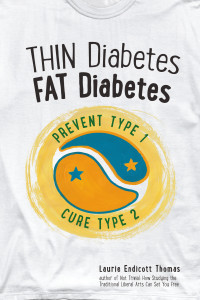I’ve had my blood lipid levels tested twice in the last two years – in June 2012 and June 2013. My total serum cholesterol levels were 99 mg/dl in 2012 and 119 mg/dl in 2013.
My HDL (“good cholesterol”) levels were 29 mg/dl and 31 mg/dl respectively. Each time, the student nurse commended me on my low Total Cholesterol numbers, but then lectured me on ways that I could increase my HDL levels. (ie. increase exercise and eat fish).
Although the Mayo Clnic and the American Heart Association state that an HDL level under 40 increases the risk of developing coronary artery disease (CAD) in men – I am not concerned.
One of HDL’s roles is to remove cholesterol from cholesterol-loaded macrophages, the sort that accumulate in arterial plaque. This is known as its cholesterol efflux capacity.
Dr. Caldwell Esselstyn Jr., (of heart disease reversal fame) sites research that high HDL efflux capacity protects against atherosclerosis and that HDL blood levels are NOT indicative of HDL’s efflux capacity. He also mentions that statins do not increase efflux capacity.1
HDL’s second role is to modulate inflammation. Epidemiological studies show that HDL-cholesterol levels are inversely correlated with the risk of cardiovascular events. However, many patients who experience a clinical event have normal, or even high, levels of HDL cholesterol.
Measuring HDL-cholesterol levels provides information about the size of the HDL pool, but does not predict HDL composition or function. The main component of HDL, apolipoprotein A-I (apo A-I), is largely responsible for reverse cholesterol transport. Apo A-I can be damaged by oxidative mechanisms, which render the protein less able to promote cholesterol efflux. HDL also contains a number of other proteins that are affected by the oxidative environment of the acute-phase response. Modification of the protein components of HDL can convert it from an anti-inflammatory to a proinflammatory particle. Small peptides that mimic some of the properties of apo A-I have been shown in preclinical models to improve HDL function and reduce atherosclerosis without altering HDL-cholesterol levels.2 Eating the typical western diet appears to damage apo A-I and renders them proinflammatory and atherogenic.
In populations where CAD is just about nonexistent, people have both low LDL and HDL levels. These populations follow diets that are higher in whole plant foods and lower in fat and saturated fat than the typical western diet. Studies have shown that it does not appear that low HDL levels provide any vascular risk in individuals who attain very low concentrations of LDL – through diet alone or on extensive statin therapy.3,4.
In essence, when looking at your lipid profile, it’s best to focus on your Non-HDL number. To calculate your Non – HDL level, just subtract your HDL level from your total level. This will give you a number that represents your cholesterol that is likely to be atherogenic – your LDLs and VLDLs. Strive to keep your Non HDL levels to below 100.
So if you’ve been following a WFPB diet and both your LDL and HDL levels decline, but your Non HDL number is under 100, don’t be surprised if your physician is unconcerned that your HDL level is under the current guideline.
1. Khera, AV et al. Cholesterol Efflux Capacity, High-Density Lipoprotein Function, and Atherosclerosis. NEJM 2011; 365: 127- 135
2. Navab M et al. HDL and Cardiovascular Disease: atherogenic and atheroprotective mechanisms. Nat Rev Cardiology Advanced Publication; Feb 8, 2011
3. Brinton E et al. A Low-Fat Diet Decreases HDL Cholesterol Levels by Decreasing HDL Apolipoprotein Transport Rates. J. Clin. Inves. January 1990; Volume 85: 144 – 151
4. Ridker P et al. HDL Cholestrol and Residual Risk of First Cardiovascular events after treatment with potent statin therapy. The Lancet, Volume 376, Issue 9738, Pages 333-339, 31 July 20910






 E Excerpt from Laurie Endicott Thomas’s amazing book Thin Diabetes – Fat Diabetes by clicking here!
E Excerpt from Laurie Endicott Thomas’s amazing book Thin Diabetes – Fat Diabetes by clicking here!
I would like to use the chance to bring to the attention of the readers two new open PhD positions that will focus on a thematically related work focused on cholesterol efflux mechanisms:
http://inpst.net/two-23-year-phd-student-positions-in-drug-discovery-targeting-cardiovascular-diseases-atherosclerosis-at-ighz-pas-poland/
I would be especially grateful if you could forward this information to potentially interested PhD candidates.
With best wishes,
Atanas
—
International Natural Product Sciences Taskforce
Website: http://inpst.net/
Twitter: https://twitter.com/_INPST
Facebook: https://www.facebook.com/INPST/
ResearchGate: https://www.researchgate.net/project/International-Natural-Product-Science-Taskforce-INPST